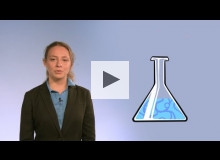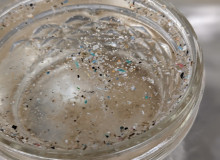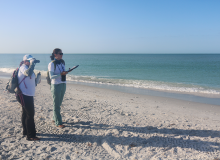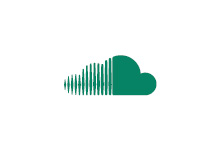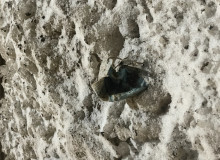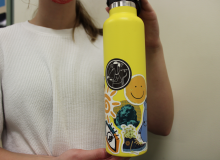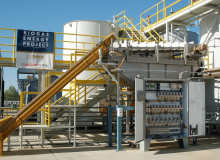pollution

(Tristan Mckenzie/Unsplash License)
Planet Forward Correspondent | Arizona State University
From runoff pollution to drought preparedness, here are four of the most pressing issues facing water in California.
George Washington University
Bacteria can detect, quantify, and remove dangerous chemicals from the environment at a cheaper and faster rate than other technologies, making it ideal for superfund sites, and low-income countries.
SUNY College of Environmental Science and Forestry
Microplastics...common in the environment, but what about our bodies?
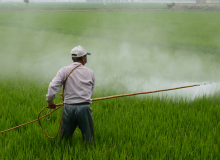
A worker sprays a field with pesticide. (phhere.com/Public Domain)
Planet Forward Correspondent | George Washington University
Bartlett Durand of the Sand County Foundation discusses the effects of fertilizer use on waterways and what farmers can do to combat these effects.
SUNY Environmental Science and Forestry
Has Onondaga Lake, formerly the most polluted lake in the nation, really been cleaned up?
Northwestern University
"By participating in shorebird, wading bird and colonial nesting bird surveys, I learned that birds face many more threats than they pose," Sarah Anderson writes.
SUNY ESF
Since the beginning of the pandemic in 2020 face masks have become a part of our everyday lives — and yet another thing polluting the planet. What can be done?
SUNY Environmental Science and Forestry
The pandemic has yet another side effect that we tend to overlook: disposable masks litter the ground and pollute the world around us.
Planet Forward Correspondent | George Washington University
So Long, Single-Use? | As George Washington University students returned to campus in the fall of 2021, they took ownership of the university's single-use plastics ban through the personalization of reusable water bottles.
Planet Forward Correspondent | George Washington University
There are only two days left at COP26, and while much progress has been made, there's still more to do. Today learn about how reducing methane could change our climate's course, and explore packaging challenges.

